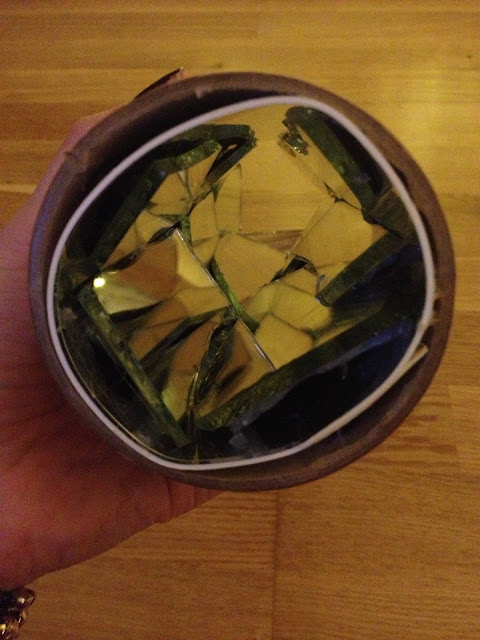Image Based Texturing
As I said on the post below when I accidentally dropped the device, while I was looking at the broken pieces of the mirrors on the street the reflections from the buildings on them caught my attention. Because I have already tried exploding in the shape of a sphere a couple of images, this time I wanted to do it in a different way. I wanted to make a representation of how an image can break and the pieces just drop inside the 3d environment I have created of the same image, but in a way that kind of shows what happens when a mirror break and just drops on the floor.
The process is the same as in the last 3d video I made with the project camera mapping, what changed is that instead of a sphere I added 3 planes of the same image and I fractured it (broke it into 20 pieces) and by using dynamics I was able to simulate the pieces dropping on the floor. By animating the camera I created a movement inside the 3d image.
Geometry with photograph projected on it. You can also see the position of the camera where the picture was taken.
The plane with the photograph shuttered in 20 pieces inside the 3d environment.

3d Video Animation
Comp 1 from evelyn on Vimeo.

The plane with the photograph shuttered in 20 pieces inside the 3d environment.

3d Video Animation
Comp 1 from evelyn on Vimeo.

























































